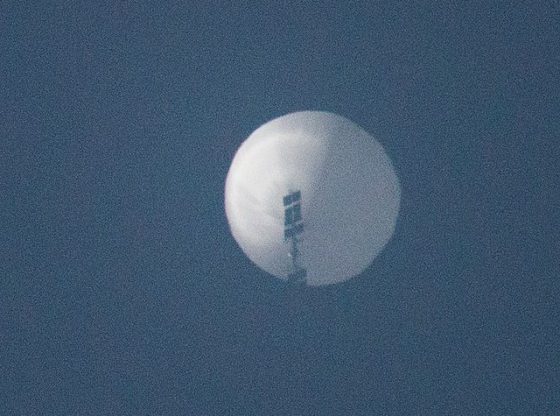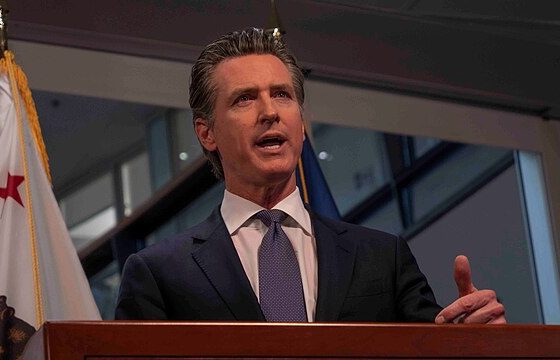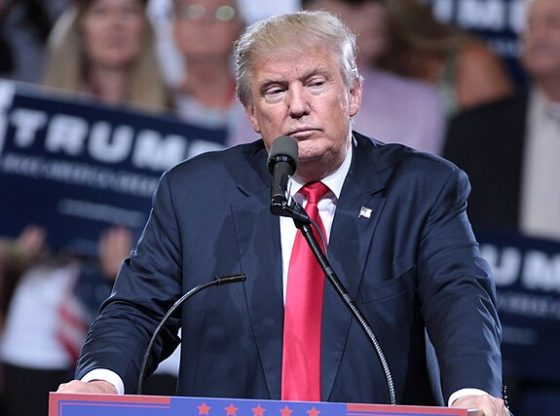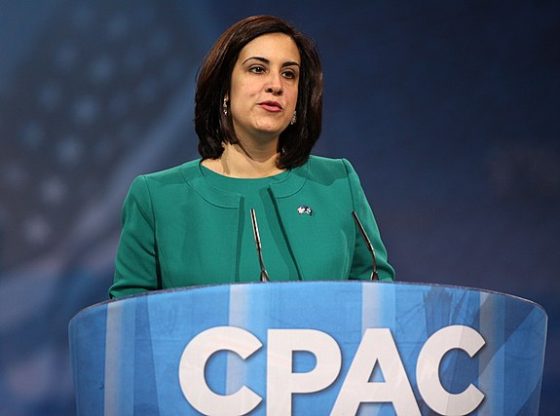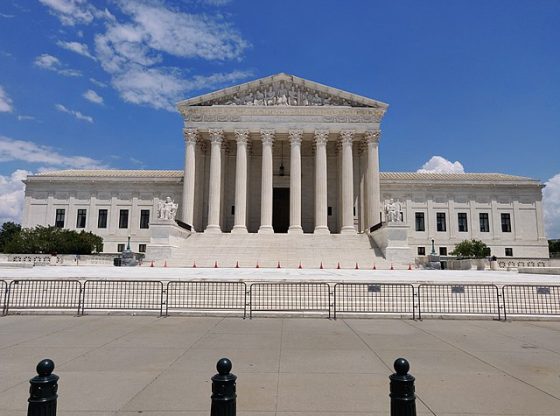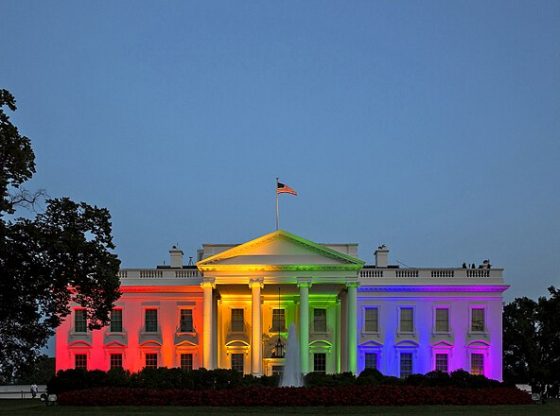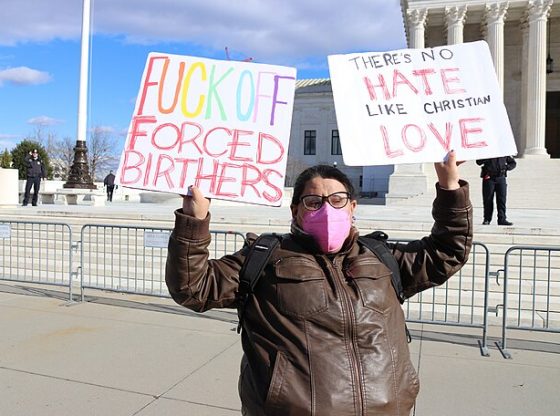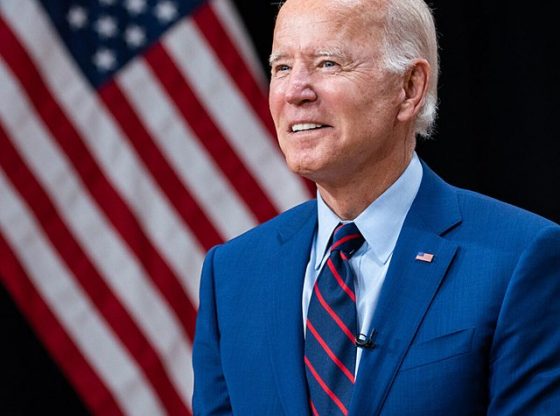A Jan. 27 phone call between the top U.S. general at the time and Gen. Glen VanHerck, head of North American Aerospace Defense Command (NORAD) triggered an eight-day crisis as the Biden administration scrambled to respond to a novel threat from China, NBC News reported.
Biden administration officials privately lamented that the public outcry and reputational consequences for Beijing following the spy balloon’s reveal that rocked the world in early 2023 damaged relations with China while overrepresenting the national security threat actually posed by the balloon, according to NBC. The administration initially hoped to keep the balloon’s existence a secret from Congress and the public, the outlet reported, citing multiple former and current administration and congressional officials.
“Before it was spotted publicly, there was the intention to study it and let it pass over and not ever tell anyone about it,” one former senior U.S. official briefed on the situation told NBC.
However, a senior Biden administration official denied any attempt to conceal the incident, saying decisions were made to protect sensitive intelligence capabilities.
“To the extent any of this was kept quiet at all, that was in large part to protect intel equities related to finding and tracking them,” the official told NBC. “There was no intention to keep this from Congress at any point.”
Intelligence officials had notified VanHerck they had been tracking a massive object that had transited across the Indo-Pacific and crossed into U.S. airspace over Alaska, NBC reported. VanHerck told Gen. Mark Milley during the Jan. 27 phone call he planned to send up aircraft sorties to fly alongside the object and attempt to gauge its characteristics.
Soon after that call, U.S. military jets used targeting pods to determine the object was a balloon the size of three school buses and equipped with a massive surveillance payload but no offensive capabilities, NBC reported.
VanHerck began peppering senior Department of Defense (DOD) leaders, including Secretary of Defense Lloyd Austin and Milley, with details of the object’s location, potential flight path, threat and likely intent.
Three days after the phone call, on Jan. 31, Biden’s aides informed him of the object. Biden requested options for military response, but his advisers told him that the thousands of pounds of debris falling 65,000 feet to earth in a possible debris field about 70 miles wide and 70 miles long would endanger Americans.
But a resident in Montana spotted the balloon, and NBC News informed the administration it planned to report that a Chinese spy balloon was crossing over the U.S. on Feb. 1, the outlet reported. Officials set up last minute briefings for Congress and the media to set the narrative.
The balloon stopped transmitting signals back to China after news of its transit broke, and U.S. officials believe China planned to self-destruct the balloon rather than bringing it back home to retrieve photos and other kinds of data stored on board. Officials in the National Security Council and DOD previously said they had taken steps to protect sensitive installations from the spying capabilities of the Chinese balloon.
That was also the first time Austin spoke to VanHerck about the balloon, taking a 3 a.m. phone call from Asia.
“They weren’t paying attention,” a senior U.S. official later told the outlet.
Biden directed the military to shoot the balloon down as soon as safely possible. The military and NASA began devising ways to reduce the impact of a shoot-down, eventually downing the object 6 miles off the coast of South Carolina.
Nearly one year later, President Joe Biden’s promise to establish norms of behavior in the skies have not been realized, and VanHerck worries the U.S. still lacks the radar ability to monitor long-range aerial threats before they reach the U.S. homeland, NBC reported. Beijing continues to dispatch surveillance balloons across the world.
“It caused so many problems,” one senior administration official told the outlet.
The White House and National Security Council did not immediately respond to the Daily Caller News Foundation’s request for comment.
Micaela Burrow on December 23, 2023


